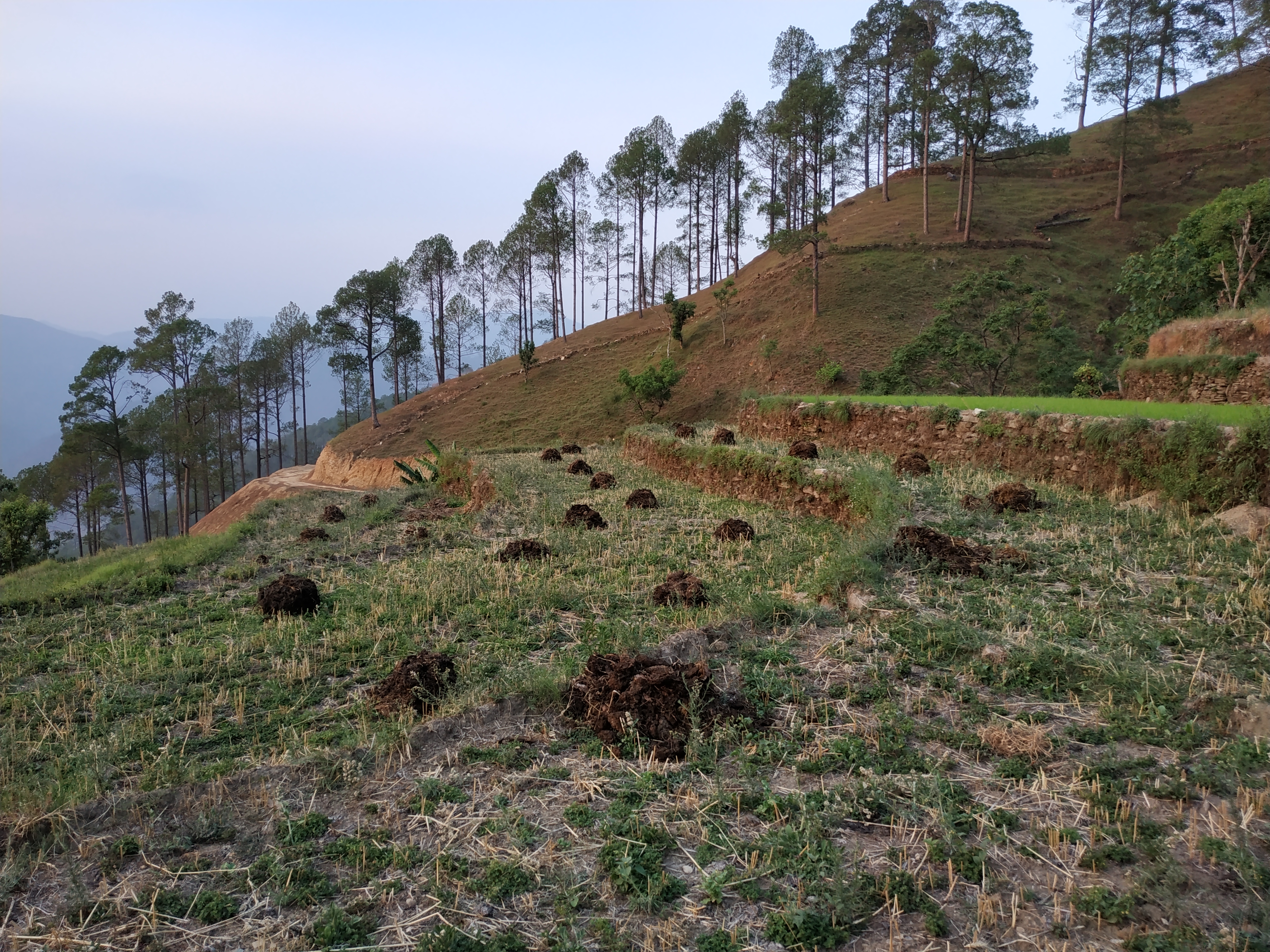|
Fertilizer Use In Nepal
Agriculture is the main GDP contributor to the economy of Nepal and fertilisers play a vital role. The annual average fertiliser requirement in Nepal to replenish the soil nutrition is 310 kg per hectare but only 29 kg of fertiliser is added to the soil. Fifty per cent of nutrient loss from the soil occurs during the early monsoon. The use of fertiliser is relatively new to Nepal. Up to the 1950s, chemical fertilisers were not used in Nepal and all fertilizers were organic, produced locally. Currently, both organic and chemical fertilisers are used. Organic fertilisers Organic fertilisers are produced locally by recycling agricultural waste and animal waste. In hilly farms, compost and farm yard manure are the traditional sources of fertiliser. The Government supports the use of organic fertiliser. It has adopted a policy to promote organic fertilisers. The Ministry of Agriculture provides a subsidy to the farmers purchasing the organic fertilisers at a rate of NPR 10 ... [...More Info...] [...Related Items...] OR: [Wikipedia] [Google] [Baidu] |
Monsoon
A monsoon () is traditionally a seasonal reversing wind accompanied by corresponding changes in precipitation but is now used to describe seasonal changes in Atmosphere of Earth, atmospheric circulation and precipitation associated with annual latitudinal oscillation of the Intertropical Convergence Zone (ITCZ) between its limits to the north and south of the equator. Usually, the term monsoon is used to refer to the Wet season, rainy phase of a seasonally changing pattern, although technically there is also a dry phase. The term is also sometimes used to describe locally heavy but short-term rains. The major monsoon systems of the world consist of the Monsoon#Africa (West African and Southeast African), West African, Asian–Australian monsoon, Australian, the North American monsoon, North American, and South American monsoons. The term was first Glossary of the British Raj, used in English in British India and neighboring countries to refer to the big seasonal winds blowin ... [...More Info...] [...Related Items...] OR: [Wikipedia] [Google] [Baidu] |
Agriculture Inputs Company Limited
Agriculture encompasses crop and livestock production, aquaculture, and forestry for food and non-food products. Agriculture was a key factor in the rise of sedentary human civilization, whereby farming of domesticated species created food surpluses that enabled people to live in the cities. While humans started gathering grains at least 105,000 years ago, nascent farmers only began planting them around 11,500 years ago. Sheep, goats, pigs, and cattle were domesticated around 10,000 years ago. Plants were independently cultivated in at least 11 regions of the world. In the 20th century, industrial agriculture based on large-scale monocultures came to dominate agricultural output. , small farms produce about one-third of the world's food, but large farms are prevalent. The largest 1% of farms in the world are greater than and operate more than 70% of the world's farmland. Nearly 40% of agricultural land is found on farms larger than . However, five of every six farms in th ... [...More Info...] [...Related Items...] OR: [Wikipedia] [Google] [Baidu] |

